Understanding Oral Appliances for Sleep Apnea
Oral appliances for sleep apnea have become an increasingly popular option for those struggling with this sleep disorder. But how exactly do they work? Let's delve into the details.
How Oral Appliances Function
Oral appliances for sleep apnea operate by repositioning your jaw or tongue during sleep to open up your airway. This helps to prevent the partial or complete blockage that occurs in obstructive sleep apnea. Your healthcare provider may suggest an oral appliance if you're unable to use a CPAP machine. There are mainly two types of oral appliances: mandibular advancement devices (MADs) and tongue-stabilizing devices (TSDs).
Mandibular Advancement Devices (MADs)
MADs are the most common type. They work by pulling your lower jaw forward. This movement also brings your tongue forward, creating more space for airflow at the back of your throat. These devices typically fit over your teeth and consist of two parts connected by screws, hinges, or adapted rubber bands. The variations in MADs include size, material firmness or softness, the connection method of the top and bottom pieces, the amount of teeth contact when you close your mouth, and the extent to which the device moves your jaw.
Tongue-Stabilizing Devices (TSDs)
TSDs, also known as tongue-retaining devices, treat sleep apnea by using suction to pull your tongue forward. A suction bulb on the device holds your tongue in place while you sleep, with the tip remaining outside your mouth. Although not as common as MADs, they can be an option for certain individuals with sleep apnea who can't use MADs, such as those with weak teeth.
Effectiveness and Customization
The most effective oral appliances are custom-made to fit your mouth precisely. You can purchase non-prescription oral appliances, including "boil and bite" models that create an impression of your teeth. However, research indicates that custom-made appliances offer the best results for obstructive sleep apnea.
Who Are Oral Appliances Best Suited For?
Oral appliances are most beneficial for people with mild to moderate obstructive sleep apnea who can't tolerate a CPAP machine. While CPAP is often the preferred treatment for improving airflow in sleep apnea, many find it difficult to use consistently over time. Oral appliance therapy can improve symptoms for some, and some people even use a combination of oral appliances and CPAP, for example, using a CPAP at home and an oral appliance when traveling.
Who Should Not Use Oral Appliances?
Oral appliances aren't suitable for everyone. They can't treat central sleep apnea, which is caused by signaling problems in the brain. Children often require different treatments for breathing issues, and using an oral appliance for them should only be done upon the recommendation of their healthcare provider. Trying to manage severe obstructive sleep apnea with only an oral appliance can be risky, and it's crucial to follow your healthcare provider's advice.
Procedure Details
To obtain an oral appliance for obstructive sleep apnea, you'll need a sleep study to diagnose your condition. If an oral appliance is determined to be a suitable option by your sleep specialist, you'll need a referral to a dentist. The dentist will take an impression of your teeth or a 3D scan and a bite relationship, send it to a manufacturer for a custom-made device, fit you for it during a return visit, and provide instructions on cleaning and caring for the appliance. A sleep test may be conducted after you receive the MAD to assess its effectiveness, and adjustments may be necessary based on the results.
Adjustment Period and Side Effects
It usually takes about two to four weeks to get accustomed to an oral appliance. Initially, it may feel strange to have a mouthpiece while sleeping. It's advisable to start by wearing it for a few hours and gradually increase the duration. Short-term side effects may include increased salivation, jaw, teeth, and temporomandibular joint pain, dry mouth, and gum irritation. Long-term side effects, such as changes in your bite, teeth movement, or loose teeth, as well as changes in jaw muscles or the temporomandibular joint, are uncommon with a properly fitted appliance. Regular dental visits are essential for monitoring and addressing any potential issues.
Risks and Benefits
Oral appliance therapy offers several benefits, including improved symptoms of obstructive sleep apnea like reduced daytime sleepiness and enhanced concentration. Some people experience deeper and less disrupted sleep, and snoring can be reduced or eliminated. It provides an alternative for those who can't use a CPAP and is convenient for travel. However, the response varies depending on the shape of your mouth and the severity of your sleep apnea. Some with mild to moderate cases may find complete resolution of symptoms, while others may not notice significant improvement and require alternative treatments. Your dentist will explain all the potential benefits and drawbacks.
Questions to Ask Your Healthcare Provider
When considering an oral appliance for sleep apnea, it's essential to ask your healthcare provider several questions, such as the cost of oral appliance therapy, whether your insurance will cover it, the number of visits and sleep tests required, what side effects to look out for, and how long the device is likely to last.
In conclusion, oral appliances for sleep apnea can be an effective treatment option for many individuals, particularly those with mild to moderate obstructive sleep apnea and those who have difficulty using a CPAP machine. Understanding the types of appliances, how they work, who they are suitable for, and the potential side effects and benefits is crucial in making an informed decision about their use. Always consult with your healthcare provider to determine the best treatment approach for your specific sleep apnea condition.
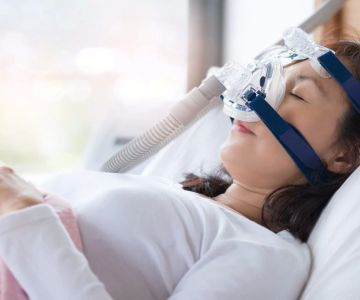



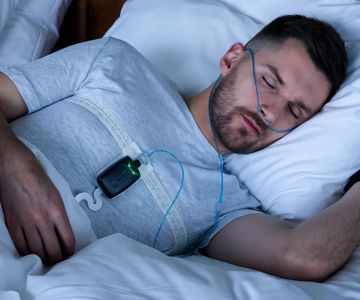
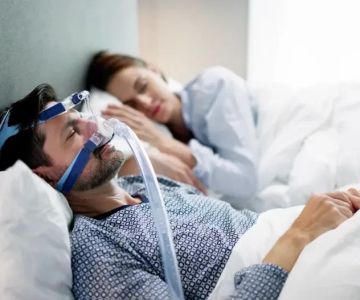
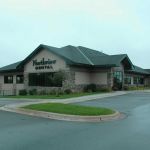 Northview Dental4.0 (301 review)
Northview Dental4.0 (301 review) Oral & Facial Surgery Centers of Washington4.0 (468 review)
Oral & Facial Surgery Centers of Washington4.0 (468 review) Access Dental Group Manhattan PLLC3.0 (18 review)
Access Dental Group Manhattan PLLC3.0 (18 review) Deem Thomas E DDS5.0 (4 review)
Deem Thomas E DDS5.0 (4 review) Embassy Dental (Nashville)4.0 (420 review)
Embassy Dental (Nashville)4.0 (420 review)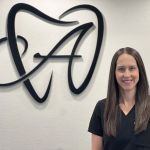 Armendariz Family Dentistry - Bethany Armendariz5.0 (310 review)
Armendariz Family Dentistry - Bethany Armendariz5.0 (310 review) The Importance of Oral Health Education During Pregnancy for a Healthy Pregnancy
The Importance of Oral Health Education During Pregnancy for a Healthy Pregnancy Best Tips for Brushing Your Teeth Properly for Healthy Gums: Essential Techniques for Oral Health
Best Tips for Brushing Your Teeth Properly for Healthy Gums: Essential Techniques for Oral Health Why Skipping Dental Checkups Can Lead to Bigger Oral Health Problems
Why Skipping Dental Checkups Can Lead to Bigger Oral Health Problems Advantages of Porcelain Dental Restorations
Advantages of Porcelain Dental Restorations How Can Diabetes Cause Tooth and Gum Problems? Preventing and Managing Oral Health Issues
How Can Diabetes Cause Tooth and Gum Problems? Preventing and Managing Oral Health Issues Healthy Habits for Promoting Good Oral Health and Hygiene: Tips for a Healthy Smile
Healthy Habits for Promoting Good Oral Health and Hygiene: Tips for a Healthy Smile